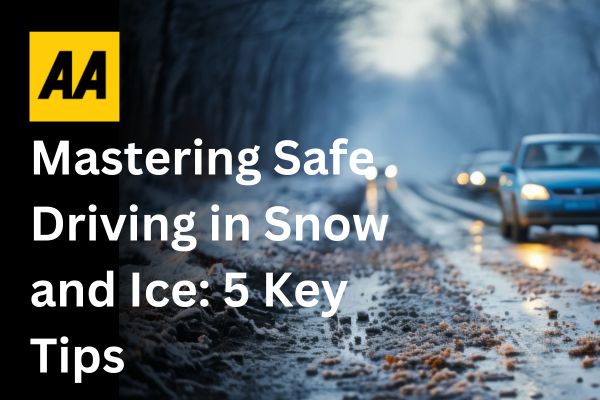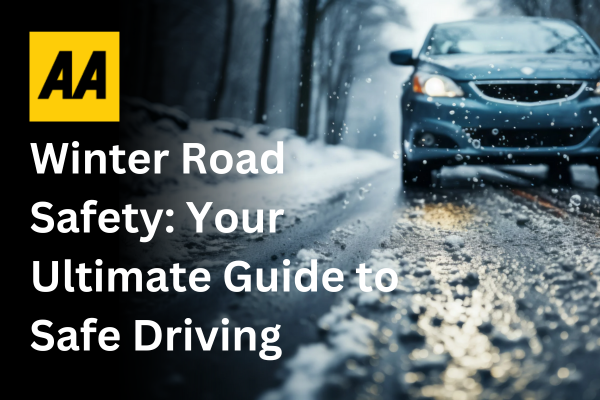Tyre Life and Age is influenced by many factors:
Tyres are designed to meet different criteria. Long life tyres are made from a harder compound and may be noisier as a result. Others may be made from a softer compound which are quieter but will wear out quicker. It’s often the case too that a car’s original tyres will last longer than later replacements.
Tyre life is influenced by several factors:
- Driving style. For example, aggressive cornering and harsh braking increases wear
- Position. Front tyres wear faster because of movement through steering
- Speed. High speed driving increases temperature and increases wear
- Load. Heavy loading increases wear
- Pressure. Both under inflation and over inflation increase wear
- Alignment. Incorrect wheel alignment results in rapid and uneven wear.
Generally on a front-wheel-drive car you’d hope for a minimum of 20,000 miles for front tyres, and double that for those on the rear.
The legal minimum limit for tyre tread depth in Ireland is 1.6mm. This is because, tyre performance, particularly in wet weather gets worse as the tread wears down.
The greater the wear to your tyres the worse its wet weather grip will be. Tread depth should be checked more frequently once it reaches 3mm. Tyres should be replaced before their tread depth wears below 2mm. This is especially important if heading into autumn and winter months.
Tyre age
Age is a separate issue to wear. Tyres deteriorate naturally through exposure to heat, sunlight (Ultraviolet/UV) light and rain. Degradation depends on the amount of exposure and the severity of the weather.
This is a more common problem for caravans, trailers and vehicles which are often only used occasionally. In everyday vehicles, tyres almost certainly will wear out before they degrade to such an extent they’re unserviceable.
UV cracking tends to occur in tyres that are four or five years old. Tyres should be replaced irrespective of age if cracking becomes severe










